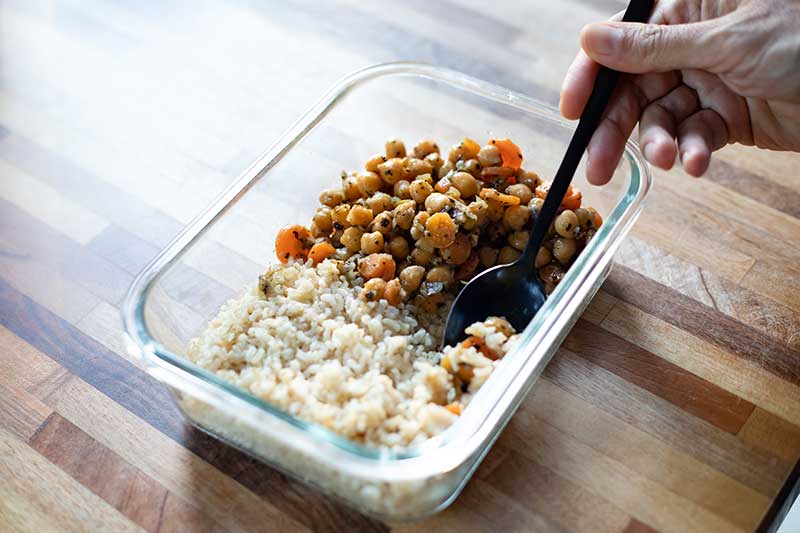
Plant-Centric Eating: What, Why, and How
The plant-centric eating trend continues to grow with more and more consumers searching for plant-based options on shelves and menus. Sales of plant-based foods and drinks have sky-rocketed the past couple years, making it more than a $7 billion dollar industry. Why has plant-centric eating gained so much popularity in recent years? Read on to find out.
What:
When you think of plant-centric eating, what comes to mind? A common misconception is that plant-centric eating means avoiding all animal products. However, this is not necessarily true - in fact, the avoidance of foods like meat, dairy, and eggs is characteristic of veganism. Veganism and plant-centric eating are two separate and distinct concepts which do not mean the same thing. Plant-centric eating is not a diet, but a general approach to eating with a focus on nutrient-dense plant-based foods. The base, or center, of the diet consists of foods like fruits and vegetables, along with beans, legumes, whole grains, nuts, seeds, and oil. With this eating pattern, there is less focus on animal-based products, however, this does not mean foods like chicken, turkey, pork, cheese, eggs, and dairy products are eliminated from the diet. With plant-centric eating, variety in the diet is emphasized with inclusion of more fruits and vegetables, however, no foods are restricted!
Why:
Plant-based foods are typically rich in vitamins, minerals, fiber, antioxidants, and/or healthy fats. Because of this, eating more plant-based can lead to many health benefits and a reduction in lifestyle-related diseases. Plant-centric diets have been linked to the following benefits: lowering blood pressure, improving cholesterol levels, preventing diabetes and/or contributing to better blood sugar control, aiding in weight loss, reducing risk of certain cancers, etc.
How:
Now that you’re aware of the various benefits of plant-centric eating, you may be convinced to give it a try. You may ask, “Where and how do I begin?” Here are a few helpful tips to get you started:
- Incorporate vegetables at each meal
- Include a fruit or vegetable with each snack
- Choose plant-based fats (olive oil, nuts, nut butters, seeds, avocados) more often than animal-based fats (butter, high-fat meats, high-fat dairy products)
- Add a plant-based protein (beans, lentils, edamame, tofu, seeds, nuts) to one of your meals each day
If you’ve had bariatric surgery in the past, you may be wondering if it’s even possible for you to meet your protein goal with a plant-centric eating pattern. The answer is YES! Below is an example eating day for a post-op bariatric surgery patient who wants to include more plant-based foods into his/her diet.
Sample Menu
Breakfast: Protein overnight oats (20g protein)
Lunch: Chickpea avocado salad sandwich (14g protein), carrot sticks and hummus (3g protein)
Snack: Greek yogurt with berries (15g protein)
Dinner: Veggie taco bowl with black beans, brown rice, bell pepper, onion, salsa, avocado (17g protein)
Total protein for the day = 69 grams
Samantha Tracy
Boone Health Bariatrics